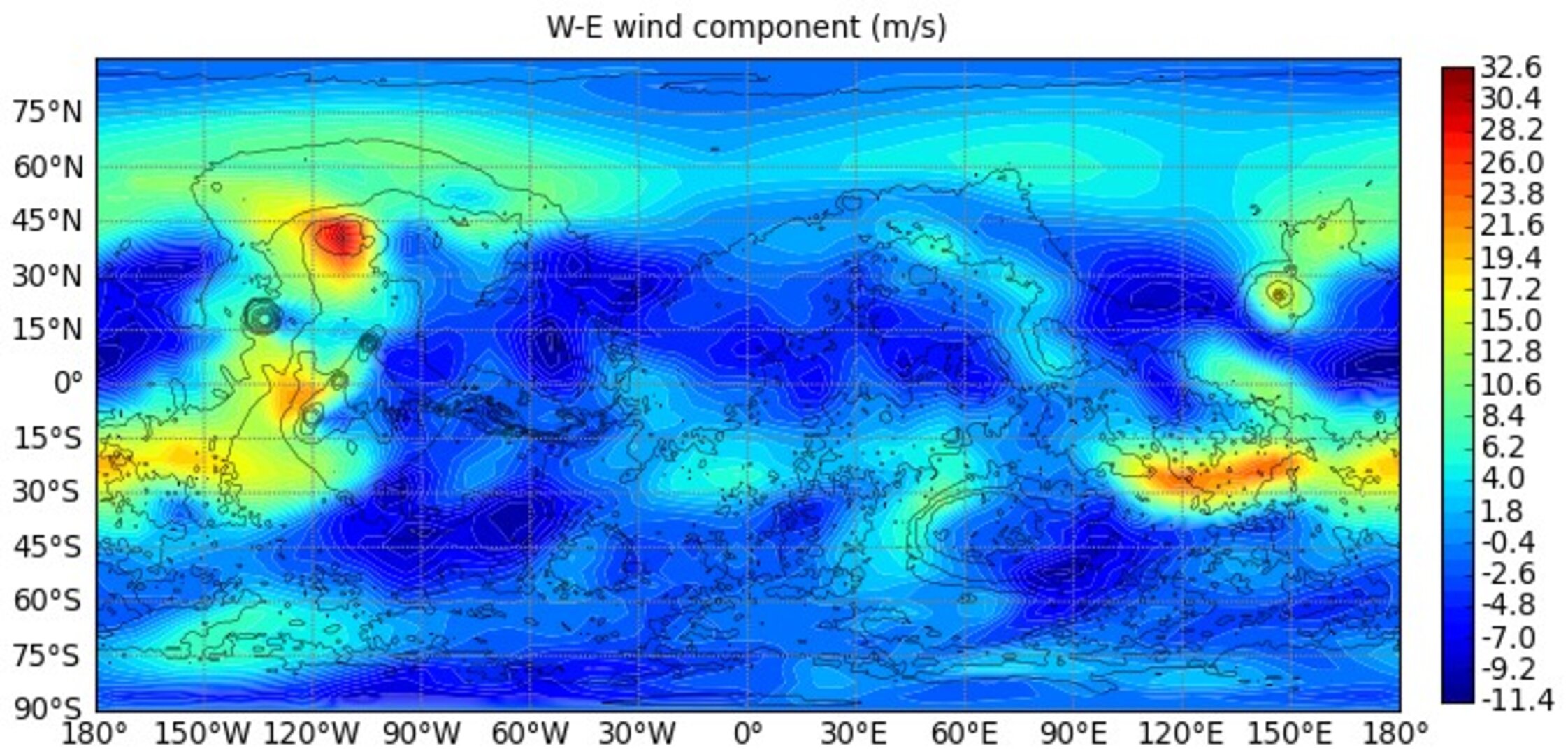Climate: Earth and beyond
If we want to know how our planet is responding to warming global temperatures, then we need data. Data on changing ocean currents, measurements of sea surface temperature, images showing how the extent of deforestation and more. Much of this information comes from satellites and the instruments they carry onboard.
The 2018 UN climate change conference, COP24, being held this week, is discussing Earth’s changing weather, its climate and mitigating the human impact on our planet using models built on this information.
Improving the technology we use to gather this data and these climate models are just some of the many activities ESA's technology programmes support. In 2013, the GSTP programme supported the launch of the Proba-V satellite purely for this purpose. The technology demonstration mission provides much-needed imagery for climate impact assessements, water resource management, agricultural monitoring and food security estimates.
Together with the UK’s National Oceanography Centre, a TDE activity was also completed last year that looked at how data from the Wavemill satellite instrument could be improved. Wavemill measures total ocean surface currents from space, looking at just 1km square of ocean at a time, to understand their impact on upper ocean dynamics and air-to-sea interactions. It has already been improved through the TDE programme's feasibility studies but the instrument is still affected by prevailing winds and wave heights, which impact the quality of the data. The activity produced algorithms that could mitigate these influences somewhat and better prepare the instrument for potential ocean surface current missions in the future.
Further from home, a very different climate is also considered by the TEC programmes. A GSTP activity will improve the Martian Climate Database, used to model atmosphere pressure, temperature and dust densities for potential landing sites or exploration experiments. This activity fine-tuned the tool while also making it easier to use for the large community who rely on it for mission design and planning as well as for climate modelling.
These are only some of the new challenges being addressed by ESA's technology programmes, to enable the European missions of the future that will ultimately help us to better understand our environment.


